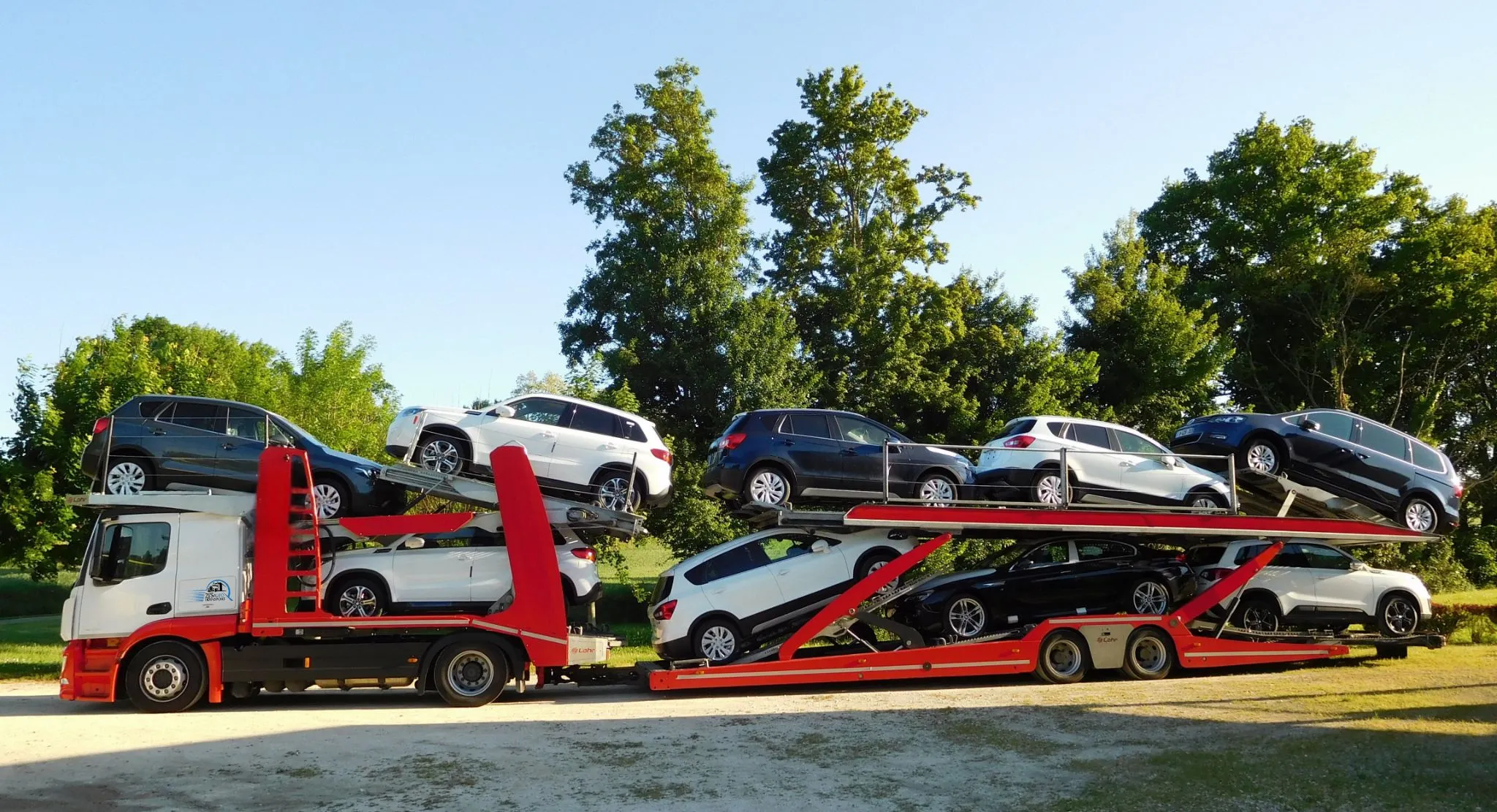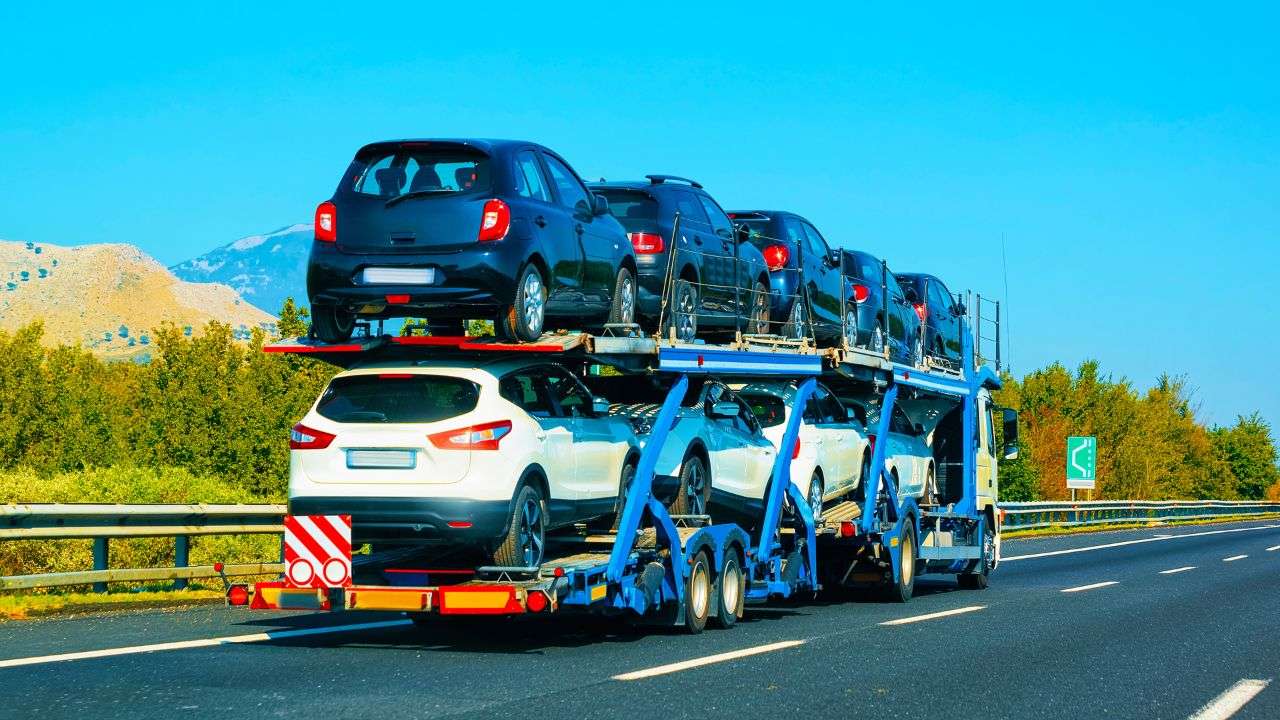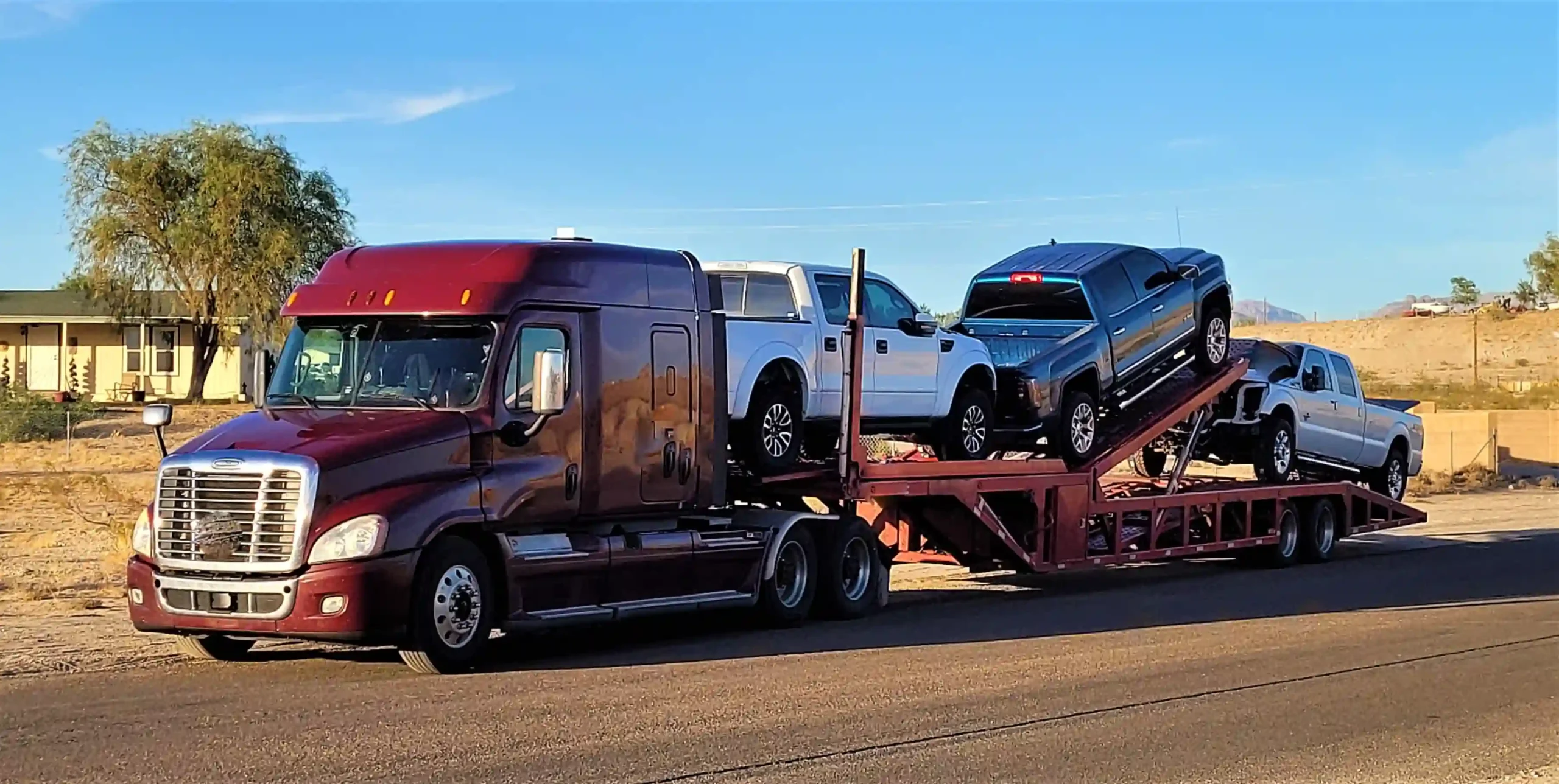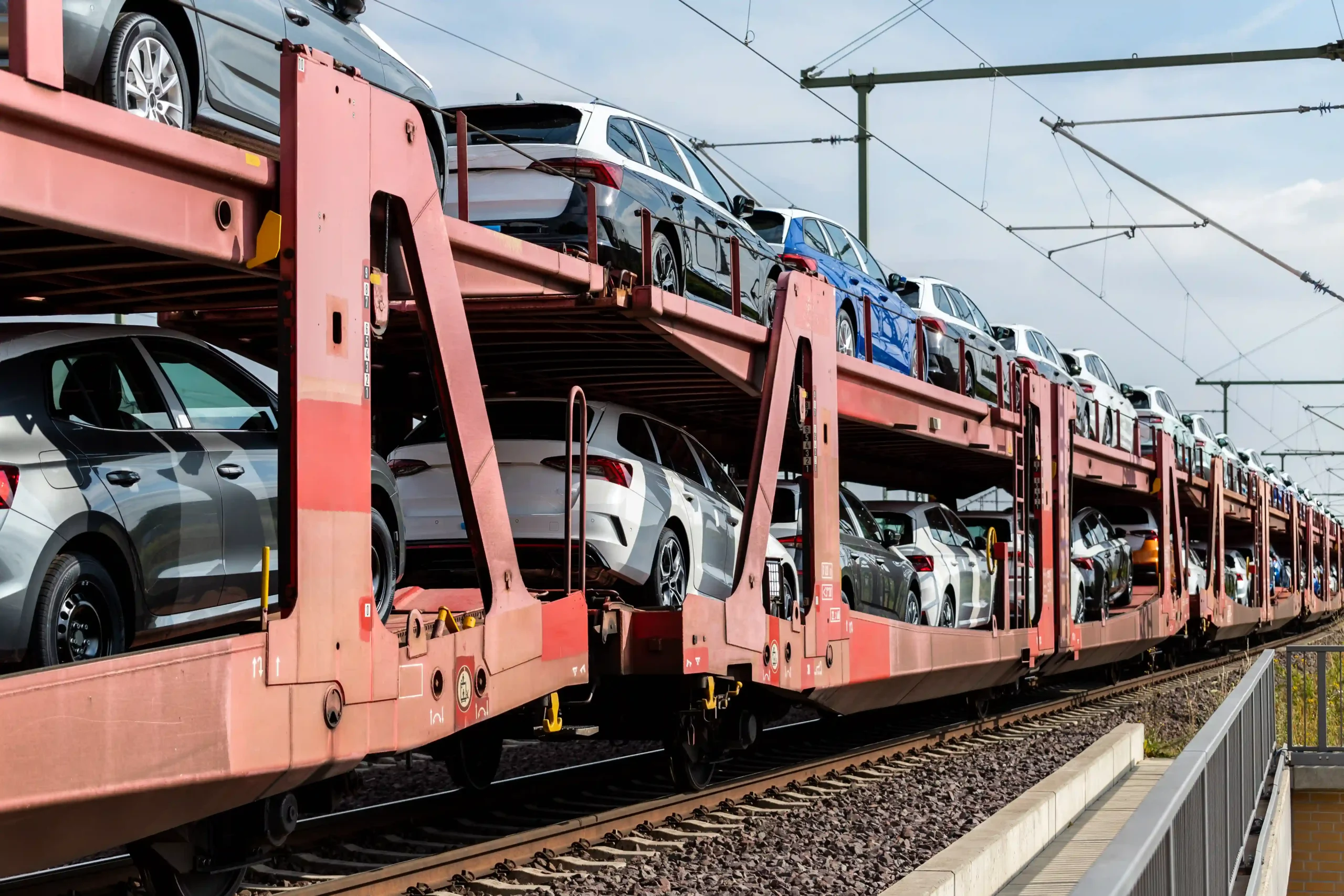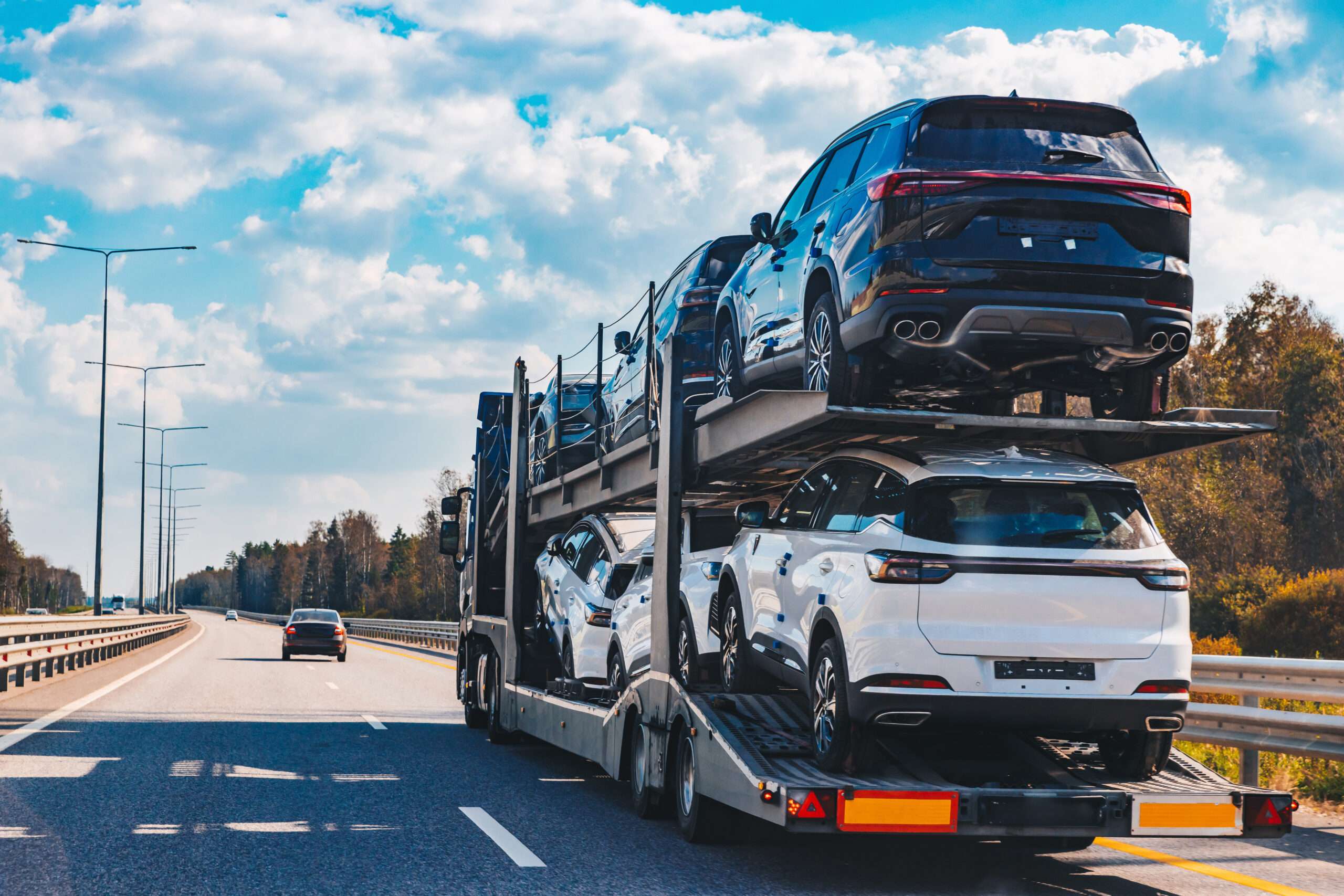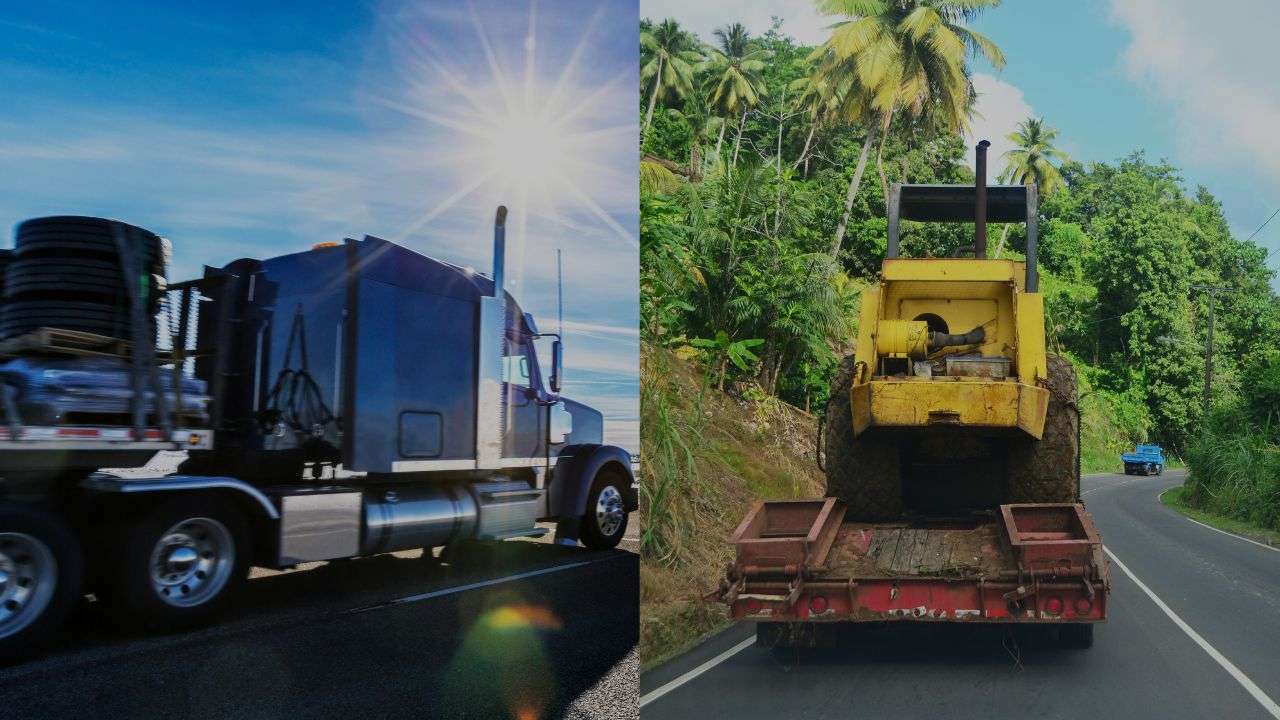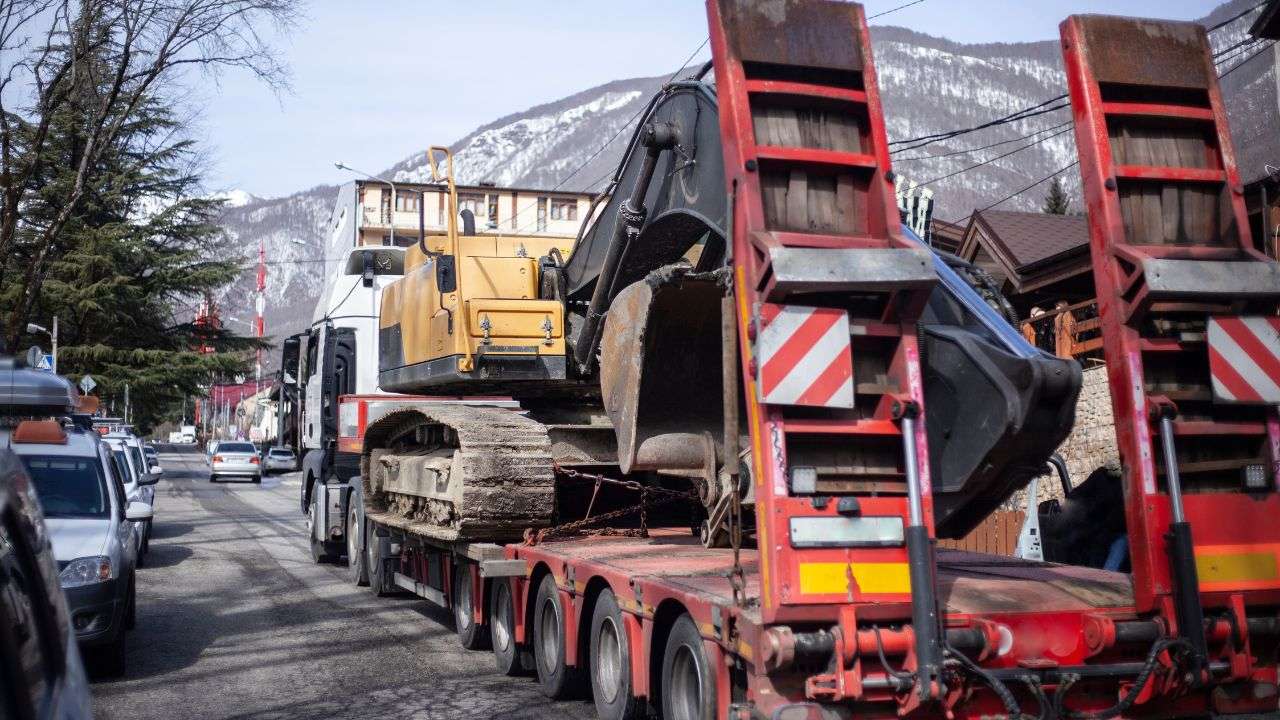
Government Rules and Regulations for Car Shipping in Los Angeles
If you want to ship a car to or from Los Angeles, you must understand specific rules and regulations and requirements in this regard. Shipping a vehicle to or from Los Angeles involves understanding and complying with a variety of regulations designed to ensure safety, environmental protection, and legal conformity. Whether you’re relocating, purchasing a vehicle from out of state, or shipping your car for any reason, being informed about these rules & regulations is crucial and we will discuss these government rules to help you stay compliant and ensure your vehicle is shipped smoothly.
Documentation Requirements for Shipping
To avoid any inconvenience or delay or complications, you have to ready all related documents before shipping. Following are the primary documents you will need to ship your car.
- Vehicle Registration: Proof that the vehicle is legally registered. This confirms that the vehicle is roadworthy and legally allowed to be transported.
- Proof of Ownership: Documents such as the title or bill of sale are important for proving your ownership of the vehicle.
- Insurance Information: It’s essential to have insurance coverage during transport. Ensure car shipping company in Los Angeles you choose has sufficient insurance to cover any potential damage to your vehicle while in transit.
Documentation is just one part of the vehicle shipping but for better understanding of the entire process, check out our guide on how to transport a car. It covers every major shipping method and everything you need to know to make the process smooth and stress-free.
Regulations on Car Condition
Obviously Los Angeles has specific rules about vehicle conditions to ensure safety during shipping. Most car shipping companies require vehicles to be in running condition for standard transport services. If your car is not operational, special equipment and arrangements will be necessary, often leading to additional costs. Additionally, it’s essential to ensure the vehicle is clean, as dirt and debris can make it difficult for inspectors to identify any existing damage during the pre-shipment inspection. Lastly, all loose items inside and outside the vehicle should be removed or securely fastened to prevent shifting during transit, which could cause damage.
Before car shipping it’s crucial to be fully prepared. Don’t skip our essential tips for transporting a car before shipping. These helpful guidelines will not only help you to avoid common mistakes but also save you valuable time.
Requirements of Inspection
Here a pre-shipment inspection is mandatory. Before shipping, your vehicle will undergo a condition check to document any existing damages, such as dents, scratches, or other imperfections. Both you and the shipping company will review and sign off on this report to ensure transparency. Additionally, it is crucial to ensure your vehicle does not contain any non-allowable items, including illegal substances, hazardous materials, or undeclared goods, as transporting these can result in severe penalties.
Specific Regulations of California
California has specific rules and regulations that vehicles must meet to be shipped into the state. These regulations are designed to protect the environment, ensure safety, and facilitate legal vehicle operations.
- Emissions Standards: California enforces stringent emissions standards. Vehicles entering the state must comply with these standards, which may include passing a smog check, especially for vehicles that are more than four years old. It’s crucial to verify if the vehicle requires a smog check to avoid delays.
- Import Regulations for Vehicles from Abroad: If you are importing a vehicle into the U.S., it must meet specific safety and environmental standards set by the Department of Transportation (DOT) and the Environmental Protection Agency (EPA). These standards include compliance with bumper, safety, and emissions regulations. EPA – Importing Vehicles and Engines
- Vehicle Registration: After arrival, vehicles must be registered
If you’re shipping a vehicle without license plates, it’s important to understand the specific requirements; check out our detailed guide on how to transport a car without license plates
Choose A Right and Licensed Shipping Company
Always choose a reputable and licensed company for shipment of any vehicle. Whenever you are shipping a vehicle, Before choosing a car shipping company, ensure it is registered with the Federal Motor Carrier Safety Administration (FMCSA) and holds a valid USDOT number. You can verify these credentials through the FMCSA database.
Also, verify that the carrier has sufficient insurance coverage to protect your vehicle against potential damages during transport. It’s also wise to check online reviews and seek recommendations to confirm the company’s experience and to avoid auto transport scams, especially when you shipping a car to or from Los Angeles.
Delivery and Pick-Up Regulations
Los Angeles has specific local ordinances that may affect the delivery and pickup of vehicles:
- Transport Vehicle Restrictions: Certain residential areas in Los Angeles may restrict large transport vehicles from entering. To avoid these restrictions, you may need to arrange for pickup or delivery at a nearby commercial location or secure a permit from the local authorities. For detailed information on truck restrictions, including vehicle weight limits, dimensions, and designated restricted routes, you can refer to the California Department of Transportation (Caltrans) and their regulations regarding legal truck access.
- Temporary Parking Permits: In some cases, transport vehicles may need to obtain temporary parking permits if they need to park for an extended period in a restricted area. Be sure to check with the Los Angeles Department of Transportation (LADOT) to ensure compliance with local regulations and obtain any necessary permits for parking or temporary delivery access. For more information on obtaining permits for oversized or overweight vehicles, you can visit Caltrans Transportation Permits.
Summary
By understanding and following these regulations, you can ensure a smooth and hassle-free car shipping experience in Los Angeles. It’s important to take a proactive approach by gathering all the necessary documentation, preparing your vehicle properly, and choosing a reputable and compliant shipping company. With a bit of preparation, you can ensure that your vehicle will reach its destination safely and efficiently.
Recent News about Car Shipping Regulations
In recent years, Los Angeles has rolled out some new rules to make car shipping more efficient and greener. The California Air Resources Board (CARB) has laid down strict guidelines, requiring trucks that move goods between ports, rail yards, and distribution centers to switch to zero-emission vehicle program by 2035. Starting in 2024, all new trucks have to be electric or hydrogen-powered. The goal here is to cut down on pollution in high-traffic areas. That said, a lot of small trucking businesses are worried about the cost and how practical this shift will be.
Also, if you’re driving around LA, you’ll notice High-Occupancy Toll (HOT) lanes on parts of Interstate 10 and the Harbor Transitway. These lanes use tolls that adjust based on real-time traffic to keep things moving during busy times. If you’re driving alone, you’ll need to pay the toll, but if you’re in a carpool or riding a motorcycle, you can use these lanes for free or at a discounted rate.
If you’re importing a vehicle into the U.S., you need to follow federal rules set by U.S. Customs and Border Protection (CBP). Your imported vehicle needs to meet safety standards under the Motor Vehicle Safety Act, as well as bumper and air pollution regulations from the Clean Air Act. If your car doesn’t meet those standards, you’ll have to get it modified by a registered importer, and that can be pricey and complicated. Before buying a car from abroad, it’s a good idea to check in with an importer so you know what costs and requirements to expect.
2J's Auto Transport Car Shipping Service
Are you Looking for a fast, trusted, insured, affordable and reliable Car shipping company? Don’t worry! just Contact 2J’s Auto Transport for a free quote and let us take the stress out of your auto transport experience!

